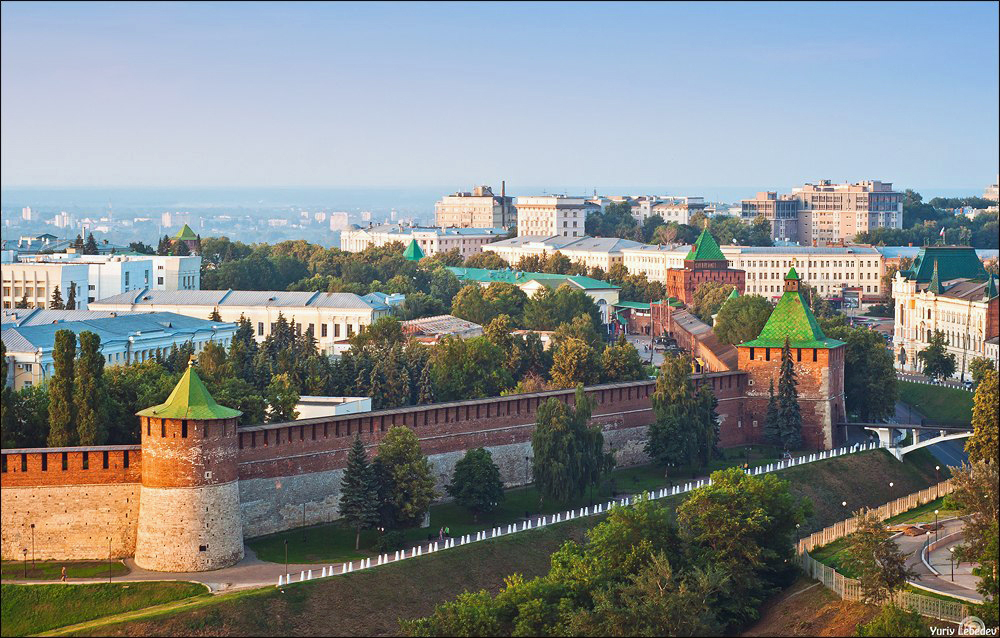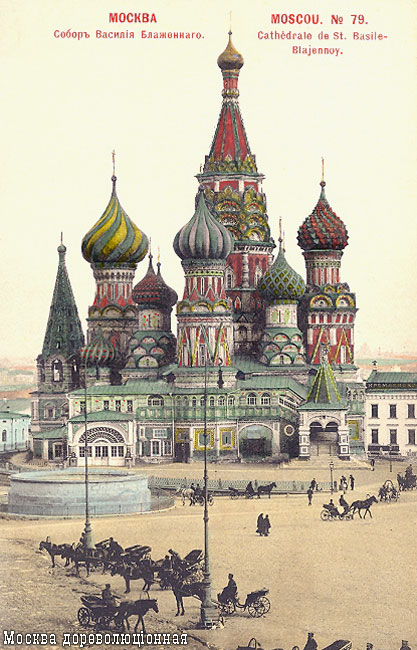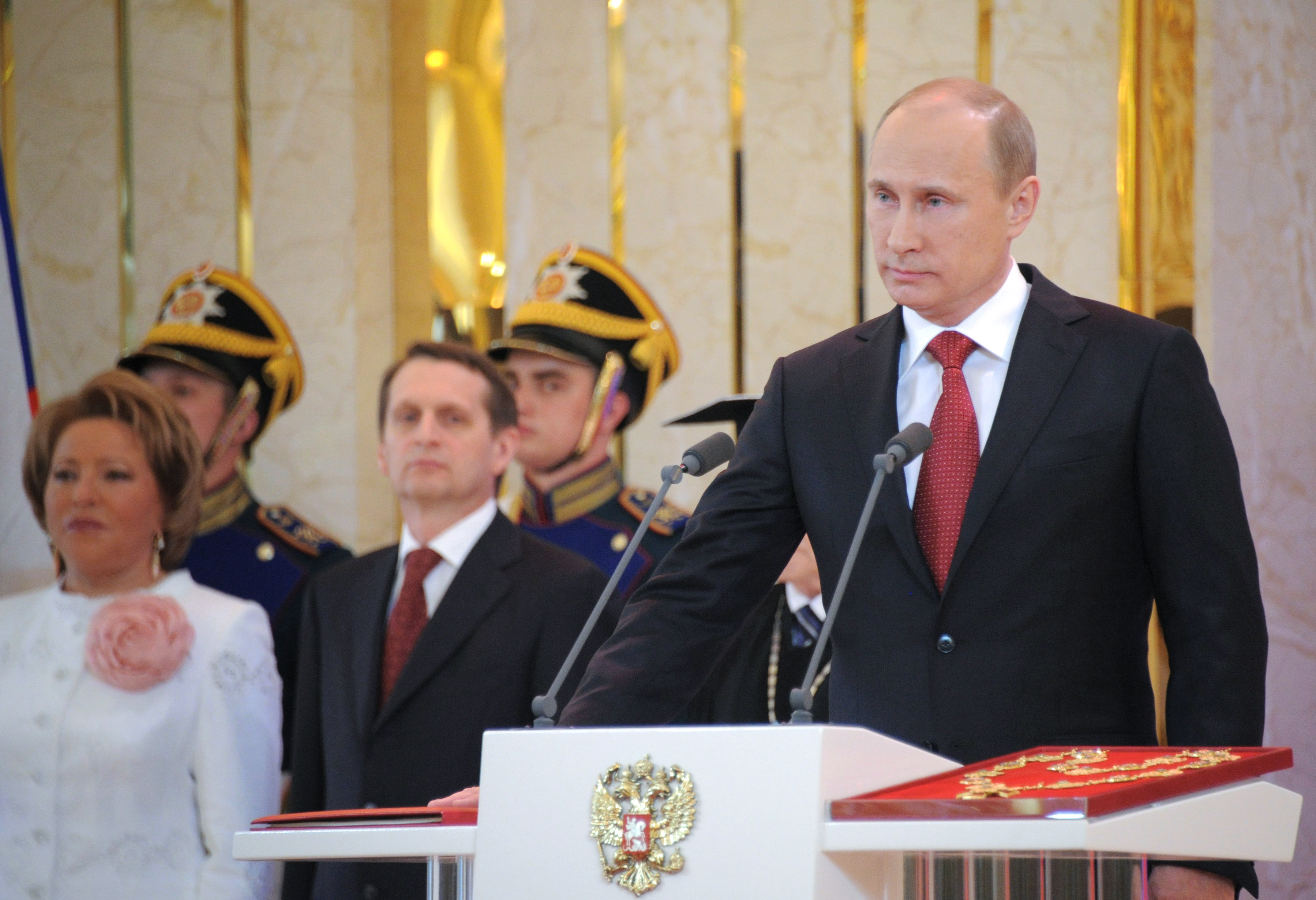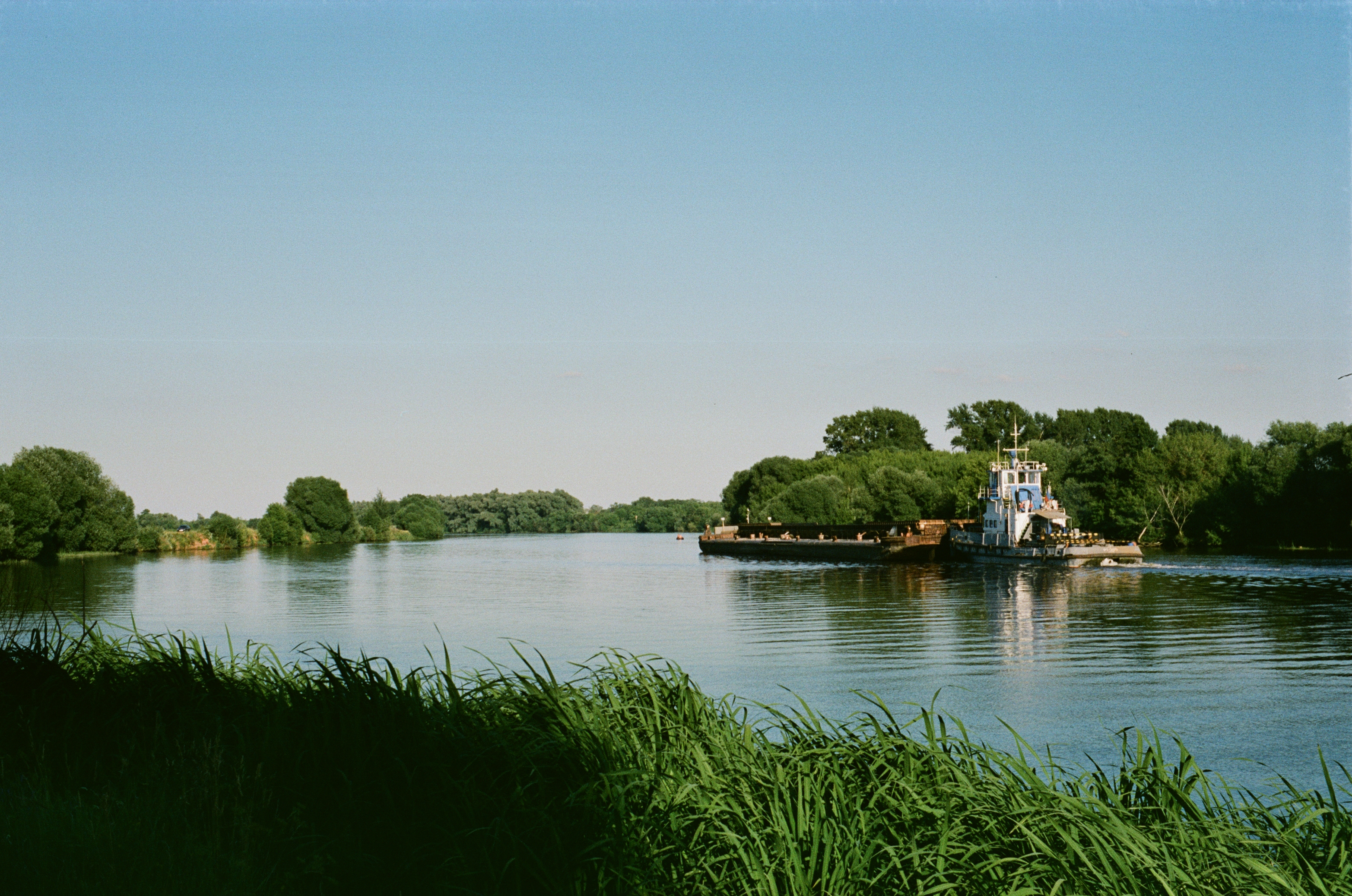|
Kremlin
The Moscow Kremlin (also the Kremlin) is a fortified complex in Moscow, Russia. Located in the centre of the country's capital city, the Moscow Kremlin (fortification), Kremlin comprises five palaces, four cathedrals, and the enclosing Moscow Kremlin Wall, Kremlin Wall along with the List of Moscow Kremlin towers, Kremlin towers. In the complex is the Grand Kremlin Palace, which was one of the royal residences of the Emperor of Russia, Tsar of Russia, and now is the residence of the President of Russia, president of the Russian Federation. The Moscow Kremlin overlooks the Moskva (river), Moskva River to the south, Saint Basil's Cathedral and Red Square to the east, and Alexander Garden to the west. In the Russian language, ''kremlin'' denotes a 'fortress within a city', and there are many historical cities with Kremlin of their own. However, the Moscow Kremlin, the best known, also serves an international-politics Metonymy, metonym that identifies the Government of Russia. D ... [...More Info...] [...Related Items...] OR: [Wikipedia] [Google] [Baidu] [Amazon] |
List Of Moscow Kremlin Towers
The following is a list of towers of the Moscow Kremlin. The Moscow Kremlin Wall, Kremlin Wall is a defensive wall that surrounds the Moscow Kremlin, recognizable by the characteristic notches and its towers. The original walls were likely a simple wooden fence with guard towers built in 1156. The Kremlin is flanked by 19 towers with a 20th, the Kutafya Tower, not part of its walls. Borovitskaya The Borovitskaya Tower () is a corner tower with a through-passage on the west side of the Kremlin. It is named after Borovitsky Hill, one of the Seven hills of Moscow, seven hills Moscow is standing on. The tower was constructed in 1490 on the spot of an old Kremlin gate by Italians, Italian architect Pietro Antonio Solari (Petr Fryazin, from or as Italians were called at that time) by order of Vasili III of Russia. In 1658 by orders of tzar Aleksey I of Russia the tower was renamed to ''Predtechenskaya'' (from the Russian word ''предтеча'', ''the forerunner'') after the C ... [...More Info...] [...Related Items...] OR: [Wikipedia] [Google] [Baidu] [Amazon] |
Red Square
Red Square ( rus, Красная площадь, Krasnaya ploshchad', p=ˈkrasnəjə ˈploɕːɪtʲ) is one of the oldest and largest town square, squares in Moscow, Russia. It is located in Moscow's historic centre, along the eastern walls of the Moscow Kremlin, Kremlin. It is the city's most prominent landmark, with famous buildings such as Saint Basil's Cathedral, Lenin's Mausoleum and the GUM (department store), GUM department store. It has been a UNESCO World Heritage Site since 1990. Red Square has been the scene of executions, demonstrations, riots, parades, and speeches. Almost 73,000 square metres (800,000 square feet), it lies directly east of the Kremlin and north of the Moskva River. A moat that separated the square from the Kremlin was paved over in 1812. Location Red Square has an almost rectangular shape and is 70 meters wide and 330 meters long. It extends lengthways from northwest to southeast along part of the wall of the Kremlin that forms its boundary on ... [...More Info...] [...Related Items...] OR: [Wikipedia] [Google] [Baidu] [Amazon] |
Kremlin (fortification)
A kremlin ( ; rus, кремль, r=kreml’, p=ˈkrʲemlʲ, a=LL-Q7737 (rus)-Cinemantique-кремль.wav) is a major fortified central complex found in historic Russian cities. The word is often used to refer to the Moscow Kremlin and metonymically to the Government of Russia, government based there. Other such fortresses are called ''detinets'', such as the Novgorod Detinets. Etymology The Russian word is of uncertain origin. Different versions include the word originating from the Turkic languages, the Greek language or from Baltic languages. The word may share the same root as ''kremen ( rus, кремень, r=kremenj, p=krʲɪˈmʲenʲ, a=LL-Q7737 (rus)-DomesticFrog-кремень.wav), meaning 'flint'. History Kremlins in Rus' The Slavs began to build fortresses to protect their lands from enemies in the ninth century. It is known that the Scandinavians called the Slavic lands the land of fortresses—"Garðaríki, Gardariki". Arabic geographer Al-Bakri wrote: "And ... [...More Info...] [...Related Items...] OR: [Wikipedia] [Google] [Baidu] [Amazon] |
Grand Kremlin Palace
The Grand Kremlin Palace () is a building in the Moscow Kremlin. For much of the 19th century, it served as the official residence of the Russian emperor in Moscow, which was not then the capital of the Russian Empire. Designed by a team of architects under the management of Konstantin Thon, architect of the Kremlin Armoury and the Cathedral of Christ the Saviour, the palace was intended to emphasise the greatness of Russian autocracy. The Grand Kremlin Palace serves as the official working residence of the president of Russia and also houses a museum. History The Grand Kremlin Palace was built between 1837 and 1849 to serve as the tsar's Moscow residence, on the site of the estate of the Grand Princes, which had been established in the 14th century on Borovitsky Hill; its construction involved the demolition of the previous Baroque palace on the site, designed by Rastrelli, and the 16th century Church of St. John the Baptist, constructed to a design by Aloisio the New in ... [...More Info...] [...Related Items...] OR: [Wikipedia] [Google] [Baidu] [Amazon] |
Moscow Kremlin Wall
The Moscow Kremlin Wall is a defensive wall that surrounds the Moscow Kremlin, recognisable by the characteristic notches and its List of Moscow Kremlin towers, Kremlin towers. The original walls were likely a simple wooden fence with guard towers built in 1156. The Kremlin walls, like many cathedrals in the Kremlin, were built by Italian architects. History One of the most symbolic constructions in History of Russia, Russia's history, the Moscow Kremlin Wall can be traced back to the 12th century when Moscow was founded in 1147. The original outpost was surrounded by the first walls in 1156, built by Yuri Dolgorukiy, Yuri Dolgoruki, prince of Vladimir-Suzdal, Suzdal, which were most likely a simple wooden fence with guard towers. Destroyed in 1238 by the Mongol invasion of Rus, Mongol-Tartar invasion, the Moscow Kremlin was rebuilt by the Russian Knyaz Ivan Kalita. In 1339-1340 he erected a bigger fortress on the site of the original outpost which was defended by massive oak wal ... [...More Info...] [...Related Items...] OR: [Wikipedia] [Google] [Baidu] [Amazon] |
Moscow
Moscow is the Capital city, capital and List of cities and towns in Russia by population, largest city of Russia, standing on the Moskva (river), Moskva River in Central Russia. It has a population estimated at over 13 million residents within the city limits, over 19.1 million residents in the urban area, and over 21.5 million residents in Moscow metropolitan area, its metropolitan area. The city covers an area of , while the urban area covers , and the metropolitan area covers over . Moscow is among the world's List of largest cities, largest cities, being the List of European cities by population within city limits, most populous city entirely in Europe, the largest List of urban areas in Europe, urban and List of metropolitan areas in Europe, metropolitan area in Europe, and the largest city by land area on the European continent. First documented in 1147, Moscow became the capital of the Grand Principality of Moscow, which led the unification of the Russian lan ... [...More Info...] [...Related Items...] OR: [Wikipedia] [Google] [Baidu] [Amazon] |
Saint Basil's Cathedral
The Cathedral of Vasily the Blessed (), known in English as Saint Basil's Cathedral, is an Orthodox church in Red Square of Moscow, and is one of the most popular cultural symbols of Russia. The building, now a museum, is officially known as the Cathedral of the Intercession of the Most Holy Theotokos on the Moat, or Pokrovsky Cathedral. It was built from 1555 to 1561 on orders from Ivan the Terrible and commemorates the capture of Kazan and Astrakhan. It was completed, with its colours, in 1683. It was the city's tallest building until the completion of the Ivan the Great Bell Tower in 1600. The original building, known as ''Trinity Church'' and later ''Trinity Cathedral'', contained eight chapels arranged around a ninth, central chapel dedicated to the Intercession; a tenth chapel was erected in 1588 over the grave of the venerated local saint Vasily (Basil). In the 16th and 17th centuries, it was perceived as the earthly symbol of the Heavenly City. Like all churches i ... [...More Info...] [...Related Items...] OR: [Wikipedia] [Google] [Baidu] [Amazon] |
President Of Russia
The president of Russia, officially the president of the Russian Federation (), is the executive head of state of Russia. The president is the chair of the State Council (Russia), Federal State Council and the President of Russia#Commander-in-chief, supreme commander-in-chief of the Russian Armed Forces. It is the highest office in Russia. The modern incarnation of the office emerged from the president of the Russian Soviet Federative Socialist Republic (RSFSR). In 1991, Boris Yeltsin was elected president of the RSFSR, becoming the first non-Communist Party member to be elected into a major Soviet political role. He played a crucial role in the dissolution of the Soviet Union which saw the transformation of the RSFSR into the Russian Federation. Following a series of scandals and doubts about his leadership, violence erupted across Moscow in the 1993 Russian constitutional crisis. As a result, a new constitution was implemented and the 1993 Russian Constitution remains in force ... [...More Info...] [...Related Items...] OR: [Wikipedia] [Google] [Baidu] [Amazon] |
Kremlinology
Kremlinology is the study and analysis of the politics and policies of the Soviet Union while Sovietology is the study of politics and policies of both the Soviet Union and former Communist states more generally. These two terms were synonymous until the dissolution of the Soviet Union. In an extended usage, Kremlinology is sometimes used to mean any attempt to understand a secretive organization or process, such as plans for upcoming products or events, by interpreting indirect clues. The founder of Kremlinology is considered to be Alexander Zinoviev. The term is named after the Kremlin, the seat of the former Soviet government. Kremlinologist refers to academic, media, and commentary experts who specialize in the study of Kremlinology. The term is sometimes sweepingly used to describe Western scholars who specialized in Russian law, although the correct term is simply ''Russian law'' scholar. Sovietologists or Kremlinologists should also be distinguished from transitologists, s ... [...More Info...] [...Related Items...] OR: [Wikipedia] [Google] [Baidu] [Amazon] |
Moscow Kremlin Museums
Moscow Kremlin Museums (, ) is a major state-run museum in Moscow Kremlin. Its roots lie in the Kremlin Armoury museum founded in 1806, the current form of the museum started in 1991. The Head of the museum (since 2001) is Yelena Gagarina, daughter of cosmonaut Yuri Gagarin. There were 424,922 visitors to the Kremlin Museums in 2020, a drop of 86 percent from 2019 due to the COVID-19 pandemic, but it still ranked 46th on the List of most-visited art museums in the world in 2020.The Art Newspaper list of most-visited art museums, March 31, 2021 Moscow Kremlin Museums have the following parts: * Kremlin Armoury (Оружейная палата) * Diamond Fund (Алмазный фонд) * Dormition Cathedral (Успенский Собор) * Cathedral of the Archangel (Архангельский собор) * Cathedral of the Annunciation (Благовещенский собор) * Residence of Patriarchs and Church of the Twelve Apostles (Патриарший дворе ... [...More Info...] [...Related Items...] OR: [Wikipedia] [Google] [Baidu] [Amazon] |
List Of World Heritage Sites In Eastern Europe
The UNESCO (United Nations Educational, Scientific and Cultural Organization) has designated 94 World Heritage Site, World Heritage Sites in nine countries (also called "sovereign state, state parties") of Eastern Europe; defined here to mean the former Eastern Bloc countries not including the Baltic states (which are in list of World Heritage Sites in Northern Europe, Northern Europe) or former Yugoslavia and Albania (which are in List of World Heritage Sites in Southern Europe, Southern Europe) or the parts of Germany that once comprised East Germany (which are included in List of World Heritage Sites in Western Europe, Western Europe): Russia, Belarus, Poland, Czech Republic, Slovakia, Hungary, Ukraine, Moldova, Romania and Bulgaria. The uniquely positioned Caucasus, Caucasian countries of Armenia, Georgia (country), Georgia, and Azerbaijan are not included here but in List of World Heritage Sites in Western Asia, Western Asia, and Kazakhstan is included in List of World Heritage ... [...More Info...] [...Related Items...] OR: [Wikipedia] [Google] [Baidu] [Amazon] |
Moskva (river)
The Moskva (, ''Moskva-reka'') is a river that flows through European Russia, western Russia. It River source, rises about west of Moscow and flows roughly east through the Smolensk Oblast, Smolensk and Moscow Oblasts, passing through central Moscow. About southeast of Moscow, at the city of Kolomna, it flows into the Oka (river), Oka, itself a tributary of the Volga, which ultimately flows into the Caspian Sea. History According to recent studies, the current riverbed of the Moskva River was occupied about 12 thousand years ago. In addition to Finnic tribes, the Moskva River is also the origin of Slavic tribes such as the Vyatichi tribe. Etymology The name of the city is thought to be derived from the name of the river. Several theories of the origin of the name have been proposed. The most linguistically well-grounded and widely accepted is from the Proto-Balto-Slavic root *''mŭzg''-/''muzg''- from the Proto-Indo-European "wet", so the name ''Moskva'' might signify a r ... [...More Info...] [...Related Items...] OR: [Wikipedia] [Google] [Baidu] [Amazon] |










